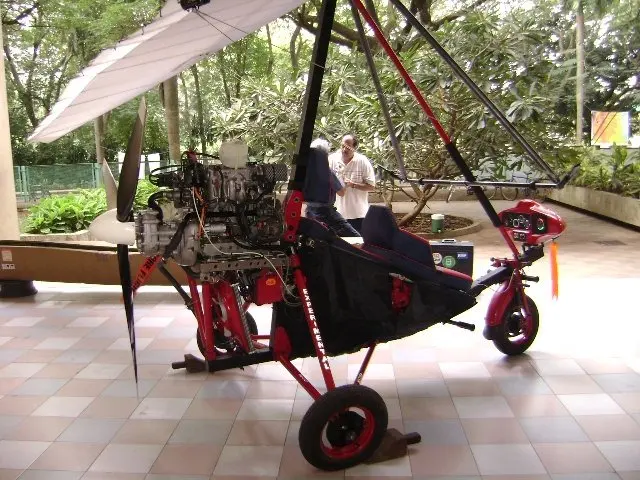

Trikes are classified as microlights in Europe, and as light-sport aircraft in the United States. Trikes grant affordable, accessible, and exciting flying, and have been popular since the 1980s. The pod accommodates either a solo pilot, or a pilot and a single passenger.

These aircraft have a fabric flex-wing from which is suspended a tricycle fuselage pod driven by a pusher propeller. The Quicksilver's single-surface tube and Dacron construction, tubular empennage with fully flying rudder, and straightforward undercarriage were copied all over the world, not just because they worked, but also because diligent development and effective marketing gave the product a reputation which imitators were only too ready to trade on.AirBorne XT912 Tourer Ultralight trike in Prokhorovka, Belgorod OblastĪn ultralight trike is a type of powered hang glider where flight control is by weight-shift.
POWERED HANG GLIDER MANUFACTURERS PLUS
In the years to come thousands of 'Quicks' would be produced, plus many more machines of the same genre from other manufacturers. Its success in this guise was staggering, and far outstripped anything it had achieved as a hang-glider. Unlike many of its contemporaries, it was designed from the outset to have a tail, and so was a natural for conversion into a relatively conventional looking ultralight.
POWERED HANG GLIDER MANUFACTURERS SERIES
Then there was the 'Manta Fledge IIB', copied by many but immortalised by Jack McCormack, who derived from it the famous Pterodactyl series of machines and produced a great deal of favourable publicity for the movement by making a long-distance proving flight in each new model.Īnd last but by no means least was the famous 'Quicksilver', created in 1972 by Bob Lovejoy. Hang gliding record holder Don Mitchell fitted his 'BF-10' with a motor, though he still used the pilot's legs as undercarriage, an arrangement which persisted until his 'B-10 Mitchell Wing' ultralight proper appeared. The 'Icarus V' flying wing appeared, with its tip rudders and swept-back style wing, while Larry Mauro's 'Easy Riser' biplane started to sell in large numbers, using McCulloch 12 hp or Chrysler 8 hp two-strokes.

Following Volmer Jensen's lead, a whole series of fixedwing hang-gliders were being successfully motorised. And it flew well, confounding the sceptics at that year's homebuilders gathering in Brienne-le Chateau.ĭespite these developments, it was the US which was making the running now.

Not to be outdone, across in France Camille Lefevre and Phillippe Peauger built a twin-engined two-seater by mounting one 10 hp McCulloch on the front of a 'Delta Manta' and another on the rear. It was less than successful, but he had made his entry into the microlight world and Britain would hear a great deal from this tireless Australian from then on. Early that year he had coupled a McCulloch to a ducted fan and mounted the ensemble on a 'Scorpion D' wing. To make matters worse, Murray Rose and Simon Wootton from rival hang-glider manufacturer Chargus had produced a similar tool based on a 'Midas E', and were merrily giving demonstrations! The fourth pioneer, Steve Hunt, was at the time working for a third Rogallo manufacturer, Hiway, and tried a different approach. He decided to demonstrate the machine at the big hang-gliding meeting at Mere the following month, but was crestfallen when he arrived to find that the motor wouldn't start. Encouraged, he fitted a McCulloch and tried again on 11 August, taking off at the bottom of a 300 ft (90 m) hill and landing at the top, feeling on top of the world in more senses than one. Len Gabriels mounted two of the biggest model aircraft engines he could find on a Skyhook 'Sunspot' and on 15 July '77 took off from 'a pimple of a hill' in conditions of almost nil-lift. The British were still doggedly pursuing ways of motorising Rogallos, and four men were making the running.


 0 kommentar(er)
0 kommentar(er)
